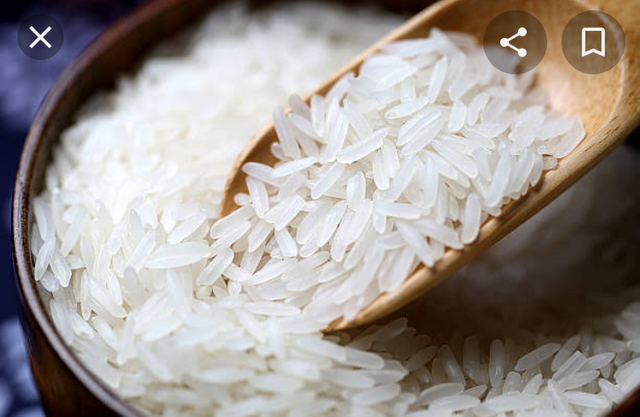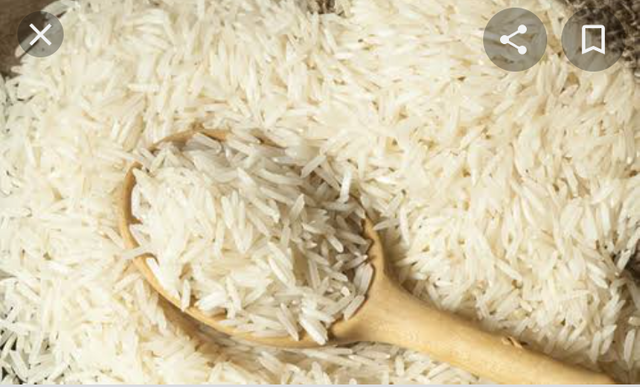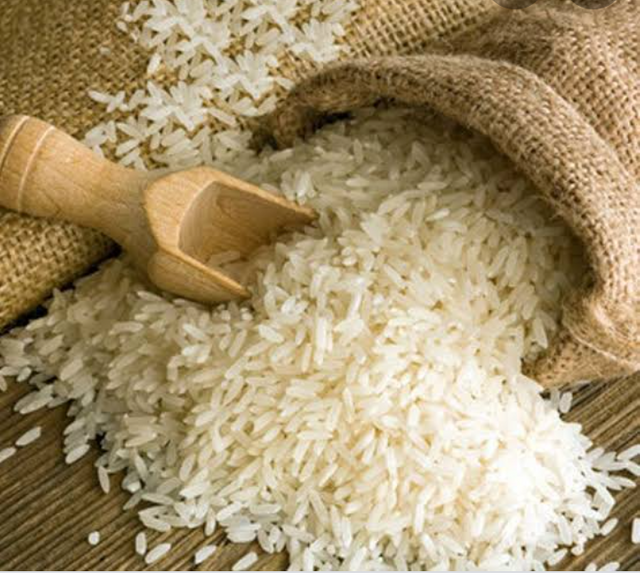1.1 Origin of rice
1.1.1 Oryza Sativa, it is believed, is associated with wet, humid climate, though it is not a tropical plant.
It is probably a descendent of wild grass that was most likely cultivated in the foothills of the far Eastern
Himalayas. Another school of thought believes that the rice plant may have originated in southern India,
then spread to the north of the country and then onwards to China. It then arrived in Korea, the Philippines
(about 2000 B. C.) and then Japan and Indonesia (about 1000 B. C.). When Alexander the Great invaded
India in 327 B. C., it is believed that he took rice back to Greece. Arab travelers took it to Egypt, Morocco
and Spain and that is how it travelled all across Europe. Portugal and Netherlands took rice to their
colonies in West Africa and then it travelled to America through the ’Columbian Exchange’ of natural
resources. But as is traditionally known, rice is a slow starter and this is also true to the fact that it took
close to two centuries after the voyages of Columbus for rice to take root in the Americas. Thereafter the
journey of rice continues with the Moors taking it to Spain in 700 A. D. and then the Spanish brought rice
to South America at the beginning of 17th century.
1.1.2 The journey of rice around the world has been slow, but once it took root it stayed and became
a major agriculture and economic product for the people. In the Indian subcontinent more than a quarter
of the cultivated land is given to rice (20011-12). It is a very essential part of the daily meal in the
southern and eastern parts of India. In the northern and central parts of the subcontinent, where wheat is
frequently eaten, rice holds its own and is cooked daily as well as on festivals and special occasions.
1.2 History of Rice in India:
1.2.1 India is an important centre of rice cultivation. The rice is cultivated on the largest areas in India.
Historians believe that while the indica variety of rice was first domesticated in the area covering the
foothills of the Eastern Himalayas (i.e. north-eastern India), stretching through Burma, Thailand, Laos,
Vietnam and Southern China, the japonica variety was domesticated from wild rice in southern China
which was introduced to India. Perennial wild rice still grow in Assam and Nepal. It seems to have
appeared around 1400 BC in southern India after its domestication in the northern plains. It then spread to
all the fertiled alluvial plains watered by rivers. Some says that the word rice is derived from the Tamil
word arisi. There so many way to cultivate rice and haven't it



This is all about rice 🌾🌾🌾 cultivation
Downvoting a post can decrease pending rewards and make it less visible. Common reasons:
Submit